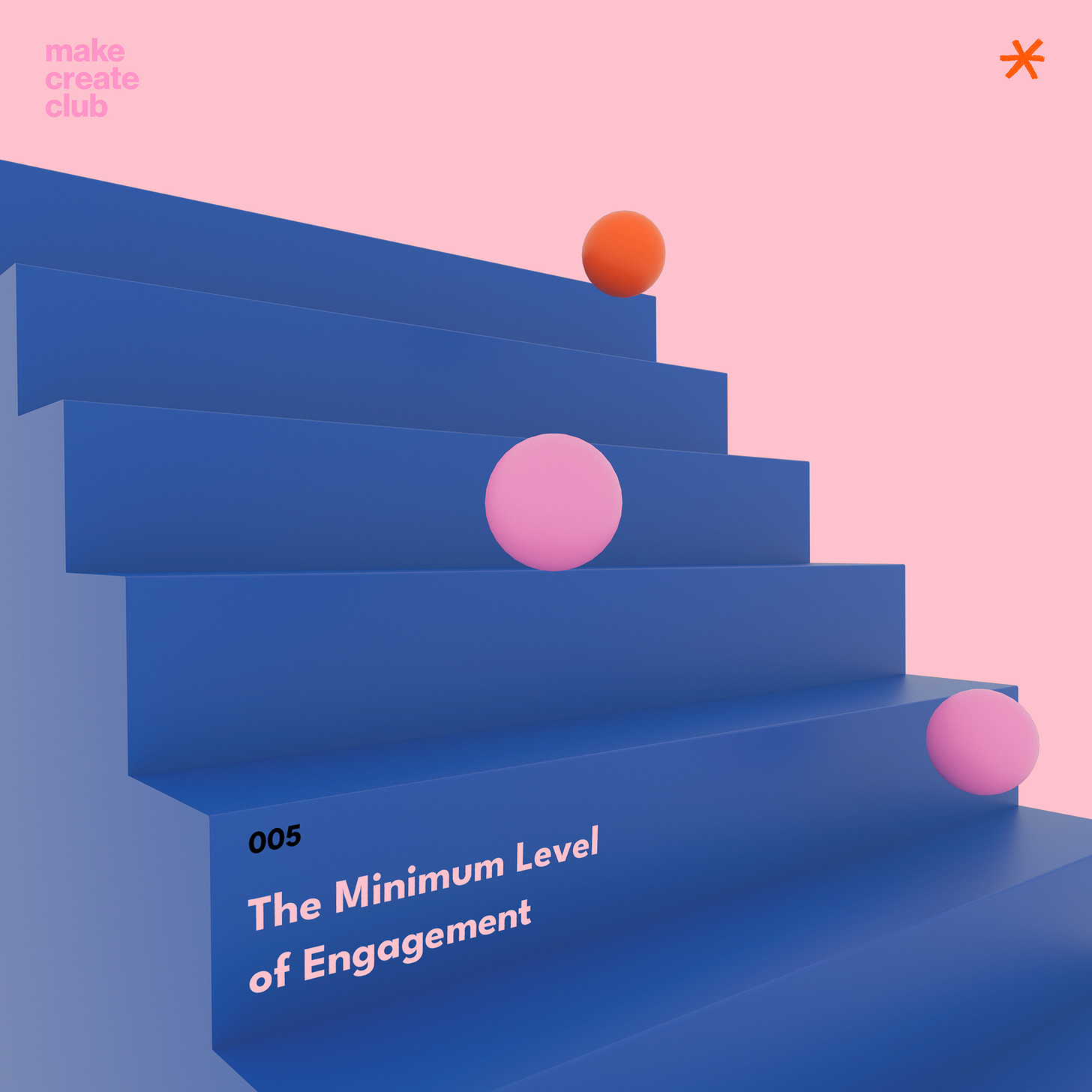The Minimum Level of Engagement
How Low Is Too Low?
One of the trickiest parts of pricing creative services is deciding where the bottom line should be. At what point does a project stop being worth it? How low is too low? This is what I call the minimum level of engagement—the smallest amount of work or money that makes sense for you to take on.
It’s tempting to say yes to everything, especially early on. A $200 project here, a $500 project there—it all adds up, right? But in reality, those tiny projects often drain more energy than they give back. And if you don’t set a minimum, you’ll find yourself constantly underwater.
Why Minimums Matter
Protects Your Time. Small projects still take admin work: contracts, invoices, and communication. If you’re spending more time setting up a job than doing it, that’s a problem.
Signals Value. A minimum tells clients, “This is the level at which we work.” It sets expectations and weeds out the folks who aren’t serious.
Supports Profitability. If your minimum is too low, you’ll never hit sustainable margins. A good minimum ensures you’re not losing money by saying yes.
How to Find Your Minimum
Know Your Costs. Start with your monthly expenses: business and personal. Divide by the number of projects you realistically want to take on. That gives you a baseline.
Track Effort. Pay attention to how much time small projects actually take. Sometimes a “quick job” eats up hours.
Experiment. Raise your minimum slowly and see if clients still bite. You’ll be surprised how often they do.
Examples of Minimums
A freelancer might set a $1,000 minimum project fee. Anything less, and it’s not worth the setup.
A studio might set a $10,000 minimum engagement. That way, every project is substantial enough to move the needle.
Some creatives use time instead of money: “We don’t take projects shorter than 2 weeks.”
The key is consistency. Once you have a minimum, stick to it. It’s better to say no than to burn yourself out.
When to Bend the Rule
Of course, there are exceptions. Sometimes you take a smaller project because:
It’s with a dream client.
It opens the door to bigger work.
It’s an experiment that teaches you something.
But those should be conscious decisions, not desperate ones.
The Danger of No Minimum
Without a clear minimum, you’ll attract clients who only want the cheapest option. And cheap clients usually come with the most headaches. They’re not invested, they push for more than they pay for, and they rarely stick around long-term.
Setting a minimum is like putting a sign on your door: “We take our work seriously. If you do too, come on in.”
Final Thoughts
Your minimum level of engagement isn’t just about money. It’s about respect—for your time, your team, and your craft. It keeps you from drowning in low-value work and frees you up for projects that actually matter.
So figure out your minimum. Write it down. Stick to it. Because sometimes the best business decision you can make is the power of no.



